Advanced Technology Development and Transition |
|---|
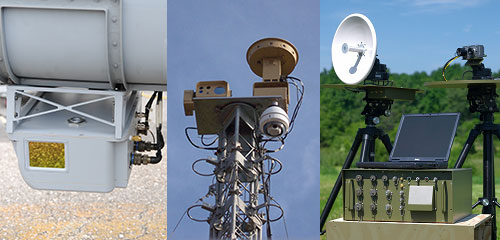
Radiance designs, develops, tests, and integrates advanced Infrared (IR) and Radio Frequency (RF) Perimeter Security Systems for both commercial and warfighter applications to provide complete situational awareness by detecting and tracking human and vehicle movement within the system’s FOV. |
TechSat |
|---|
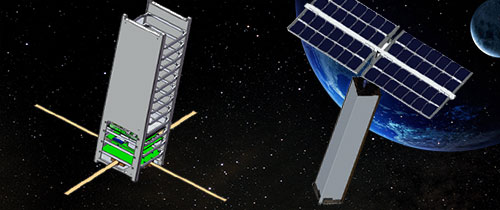
Radiance provides power management system development and system integration for the SMDC-TechSat System, a CubeSat system comprised of a 3U nanosat bus, advanced power management system, articulating solar array, communication systems, and a data storage and dissemination system to support flight tests. The design goals for this effort respond to the Army’s requirement for higher power and self-healing fault tolerance payloads capable of reliably and automatically extending Army wireless communication. |
Embedded Condition Based Maintenance Sensors |
|---|
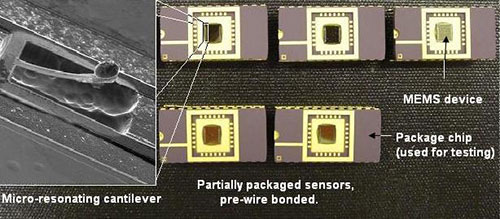
Life extension and modification programs are being implemented for many military aviation and missile systems in an effort to extend the operational life of platforms beyond initial projections. Radiance applies Micro-Electromechanical Systems (MEMS), NANO, micro-processing, and wireless technologies to provide lightweight, energy-efficient Condition-Based Maintenance (CBM) sensors/systems to accurately capture system condition data and present it to the user in a usable form. This technology provides the customer with the ability to satisfy the stressing size, weight, and power requirements of host aviation and missile systems while providing accurate data to maintenance personnel in a timely manner. |
High Performance Composites |
|---|
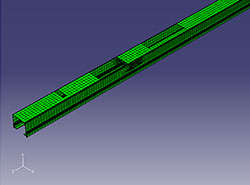 The Radiance composite materials team develops, designs, and manufactures tailored composite solutions that meet our customers’ most challenging requirements. From the development of polymers designed to survive the most stressing thermal loads to the modeling, simulation and manufacture of lightweight and structurally robust materials produced via the most economic and cost effective processes, the Radiance composite team works closely with the customer to translate demanding requirements into tangible products. The Radiance composite materials team develops, designs, and manufactures tailored composite solutions that meet our customers’ most challenging requirements. From the development of polymers designed to survive the most stressing thermal loads to the modeling, simulation and manufacture of lightweight and structurally robust materials produced via the most economic and cost effective processes, the Radiance composite team works closely with the customer to translate demanding requirements into tangible products. |
Energy and Power Systems |
|---|
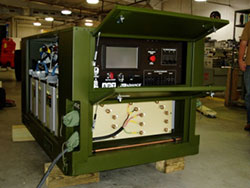 The requirement to reduce fossil fuel consumption, while satisfying the current and future requirements of our DoD customer, requires the conduct and application of innovative research. Radiance research, development, and engineering is focused on the maturation and transition to the field of technologies that will increase legacy and future power system efficiency while reducing both system maintenance and the logistical demand/cost associated with fossil fuel consumption. Moreover, Radiance continues to work closely with our DoD customer to enable the realization of a NETZERO energy policy to support future operations. The requirement to reduce fossil fuel consumption, while satisfying the current and future requirements of our DoD customer, requires the conduct and application of innovative research. Radiance research, development, and engineering is focused on the maturation and transition to the field of technologies that will increase legacy and future power system efficiency while reducing both system maintenance and the logistical demand/cost associated with fossil fuel consumption. Moreover, Radiance continues to work closely with our DoD customer to enable the realization of a NETZERO energy policy to support future operations. |
Hazardous Agent Detection and Defeat |
|---|
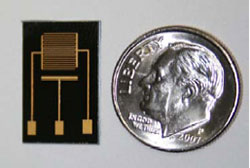 The threat of inadvertent and/or intentional exposure of both US forces, and in some cases non-combatants, to hazardous materials, chemical/biological agents, and explosives is a reality. Through research, development, engineering, and system design, Radiance incorporates advanced technologies and processing techniques to detect, neutralize, identify and alert users to threats across the spectrum. . MEMS technologies and advanced micro-processing research and techniques are being used to detect and alert operators to hypergolic fuel leaks in weapon systems, while advanced processing, vapor concentration techniques and biological agent capture and neutralization processes are being explored, modeled, developed and demonstrated to detect and filter air flow in operational environments. The threat of inadvertent and/or intentional exposure of both US forces, and in some cases non-combatants, to hazardous materials, chemical/biological agents, and explosives is a reality. Through research, development, engineering, and system design, Radiance incorporates advanced technologies and processing techniques to detect, neutralize, identify and alert users to threats across the spectrum. . MEMS technologies and advanced micro-processing research and techniques are being used to detect and alert operators to hypergolic fuel leaks in weapon systems, while advanced processing, vapor concentration techniques and biological agent capture and neutralization processes are being explored, modeled, developed and demonstrated to detect and filter air flow in operational environments. |
Autonomous Guidance |
|---|
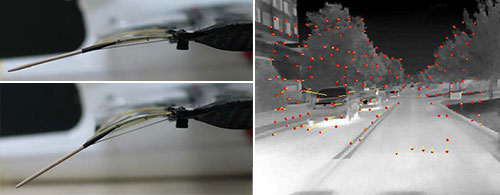
Adaptive camber wing and autonomous guidance based on 3-D terrain generation programs are enabling next-generation Small Unmanned Aerial Vehicles (SUAVs) with enhanced mission capability, such as high bandwidth, conformal mounting, and scalability for incorporation into very small systems. As such, Radiance has developed g-hardened smart materials that not only deform to produce lifting surfaces for vehicle control, but can also survive the shock of gun launch. Radiance-developed, 3-D terrain generation algorithms track features in imagery and develop 3-D terrain surfaces that are characterized by tracked feature points and can be used for obstacle avoidance, surveillance, and target identification. |
